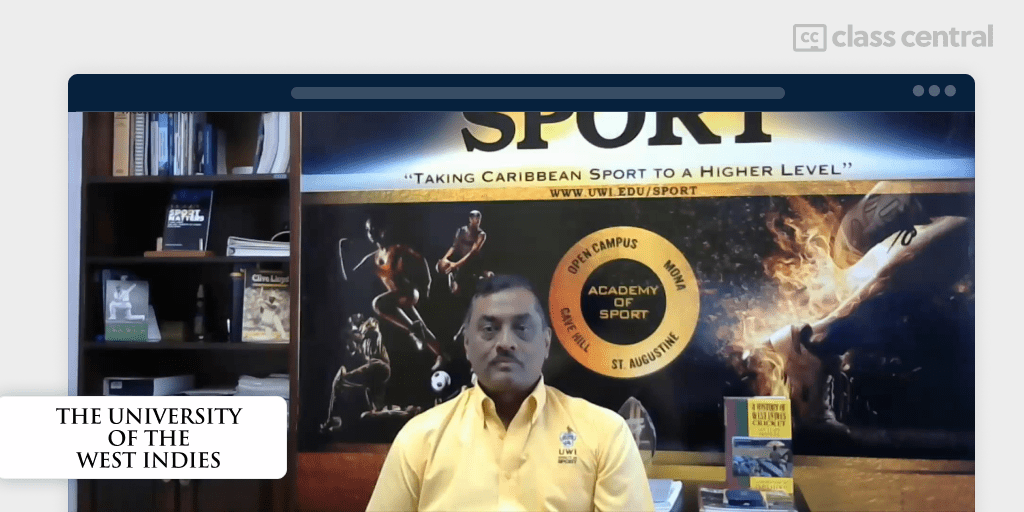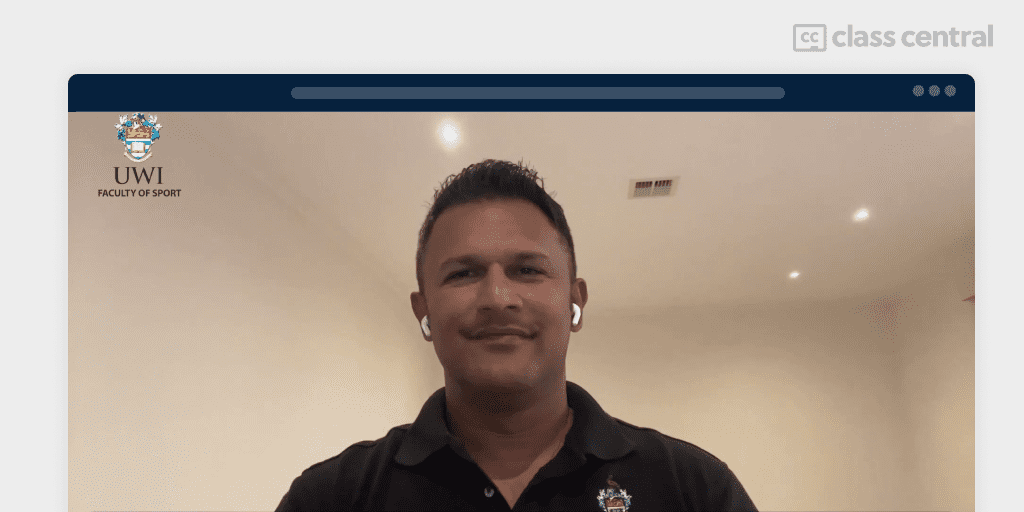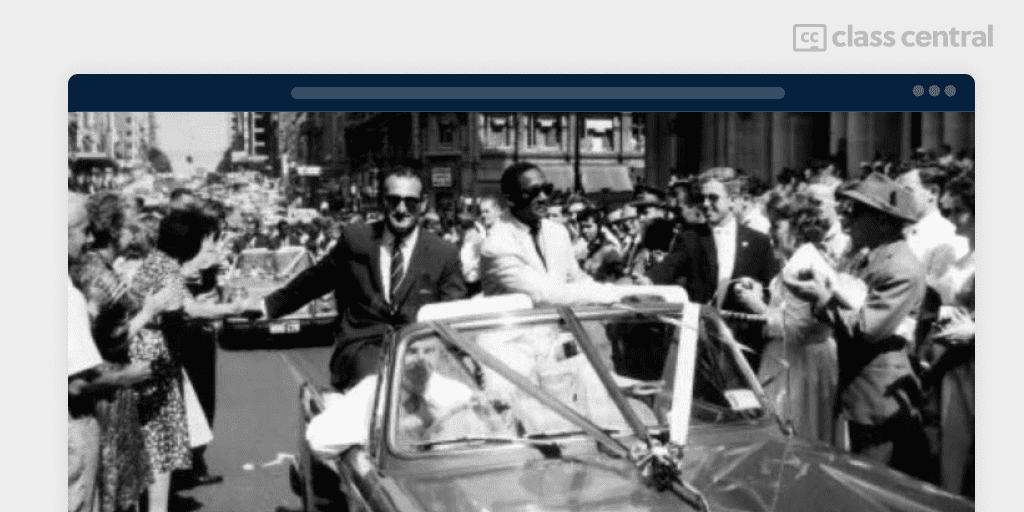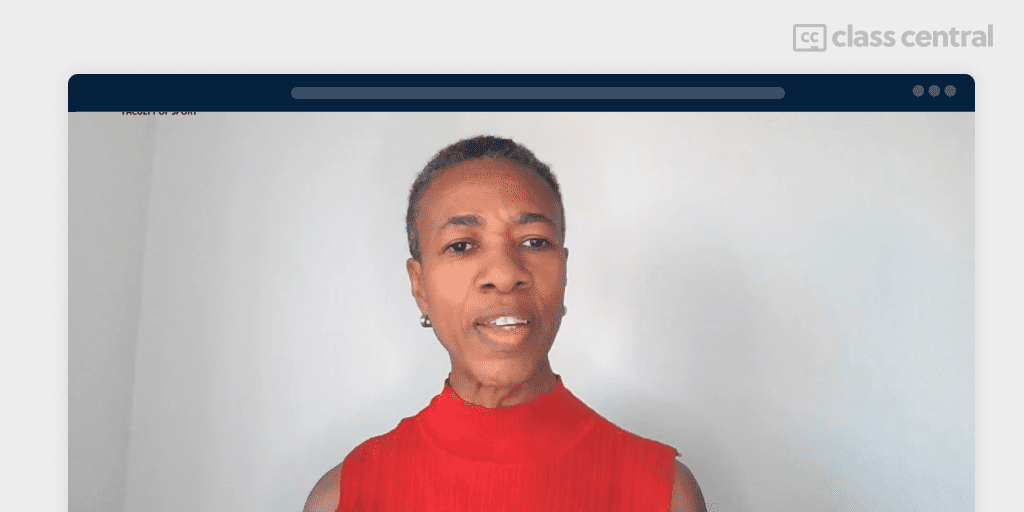A Trip Down the Memory Lane of West Indies Cricket
An in-depth review of the course “West Indies Cricket: Our Story” by the University of the West Indies.

West Indies Cricket: Our Story was created by the University of the West Indies and is available on FutureLearn. The university features the CLR James Cricket Research Centre at its Cave Campus in Barbados and was the first university to produce a Master’s in Cricket Studies.
Why?
Growing up in a cricket-loving Australian family in the 1960s and 1970s, I learned the names of many Australian and international cricketers of the time. On television, I saw West Indian batsmen Clive Lloyd and Viv Richards, as well as the scarily fast 4-pronged bowing attack that supplanted the dominance of Australia’s Dennis Lillee and Jeff Thomson and gave their team many victories.
I saw this course as a trip down memory lane, but it turned out to be much more.
History
This course was released on FutureLearn in June 2022 and is available in self-paced format. The material is arranged into four “weeks” and learners can access all course materials for free for four weeks. If you pay or join FutureLearn Unlimited, you can earn a certificate and retain course access for an indefinite period.
Lecturer
The lead educator is Dr Akshai Mansingh, cricket analyst and Dean of the Faculty of Sport at the University of the West Indies. Other people from the university and elsewhere present some videos.

Your Skills
There are no prerequisites for this course, although knowledge of the game is helpful to appreciate the various individual and team feats mentioned. I would have liked to see a link to cricket’s rules in the course. I’ve never played competitive cricket, but backyard cricket games have always been part of our family life. My mother, a lifelong cricket fan, was disappointed as a girl not to be allowed to play cricket in the 1930s. She was restricted to vigoro, using a paddle-shaped bat and a lighter ball.
The Course
If you prefer video-based courses, you are likely to be disappointed. While some videos are included, particularly in week four, most of the material is text-based. Some of the videos consist mostly of power-point-style text read by the presenter, while others include maps and images.
Some steps include links to YouTube videos, which can create a different issue. YouTube recommends other videos on the page, and I need to remain disciplined to avoid going down a rabbit-hole of interesting videos (not all related to cricket). Would it be possible to embed the videos directly into the course, so we don’t leave FutureLearn to watch them?
I also found the inclusion of discussion steps to be rather obsolete. Because FutureLearn includes opportunities for discussion on almost every step, some learners have already commented on a particular point before the official discussion page is reached.
I found the first week very interesting. It delved into the history of cricket in the West Indies from its introduction by the plantation-owning British. Aspects of racism and class discrimination are explained, including some facts I had never considered before. The British “gentlemen” preferred to bat in the hot West Indian summers, so the black slaves became accomplished bowlers. They only started improving their batting when they played amongst themselves in their own time.
Week One also included a history lesson about colonization by various European countries, although cricket was mainly played only in the British-ruled countries. The last part of Week One mentions the first team to tour England as the West Indies in 1928. Weeks Two and Three continue the cricket story, focusing mainly on various particular outstanding cricketers from various eras. George Headley was the first black captain. Other famous players were featured, particularly from peaks of the West Indies’ success. I would have loved to see more images with captions in these sections, particularly team photos or even pictures of cricket grounds, crowds etc to make the material more engaging. There were no dedicated video steps in Week Two and only one in Week Three, which made me feel as though I might as well go to the library and take out some books. Some steps had links to YouTube videos as mentioned above. Some learners have also posted interesting links in the discussion forums.
The rise of the Calypso culture and its relationship with cricket is also discussed.

I enjoyed step 2.6, which chronicles the 1960-61 tour of Australia and includes links to a couple of videos. From my earliest memory, I can recall hearing of the famous tied test in Brisbane, but now I can finally put a face to the name and understand why Australia and the West Indies play each other for the Frank Worrell Trophy.
Week Four covers the rise of women’s cricket in the West Indies, and we also get to see various statues and art works, Walk of Fame, and other mementos from over the years. Some of these could have been improved by creating videos and showing the features in detail, rather than wide shots.

The course also explains current challenges, such as the growth of other sports supplanting cricket’s dominance, and the difficulty of maintaining enthusiasm for the amalgamation of individual island nations to create a West Indies team.
Grading
Each week included a quiz of around five questions with a 15-question final quiz. You have unlimited tries per question and all the answers are found in the course.
Time Commitment
Four hours per week was recommended for this course, although I found this estimate generous and finished the whole thing within three days. Admittedly, I am a fast reader and also prefer to watch videos at around 1.25X speed. Many instructors speak too slowly for me to maintain attention at normal speed.
Conclusion
I enjoyed this course, but felt some tweaks could have improved it greatly. Maybe an Australian, English, or Indian institution would be willing to make an online course from their own nation’s perspective!





